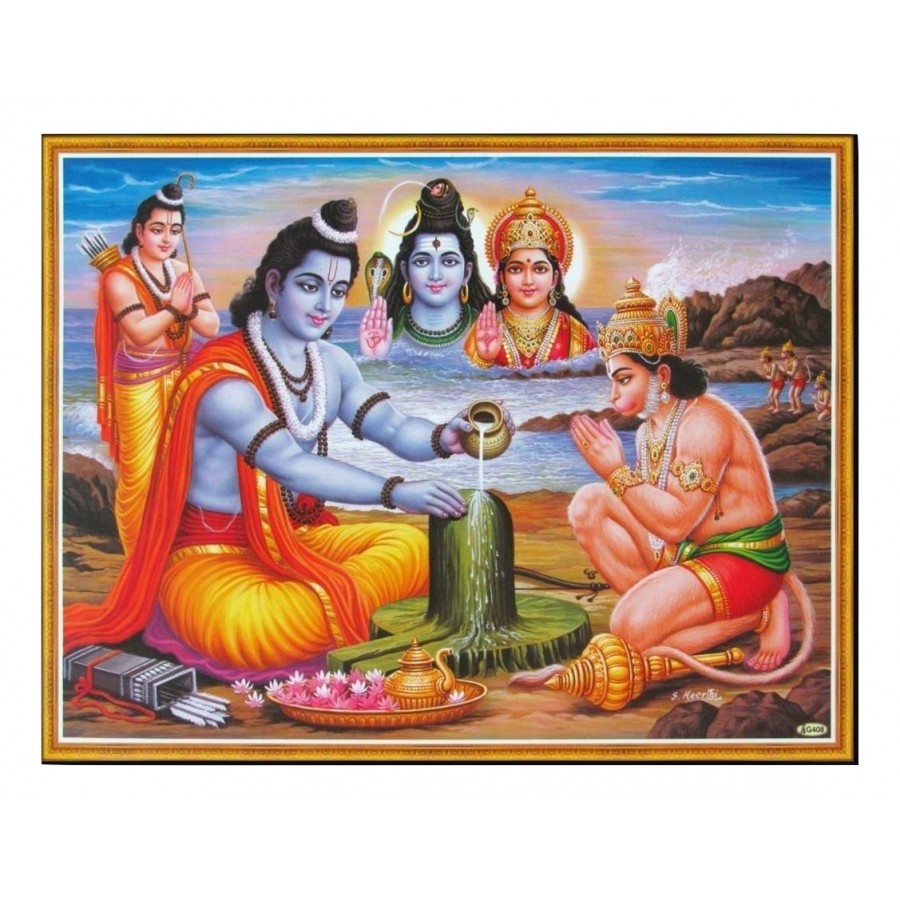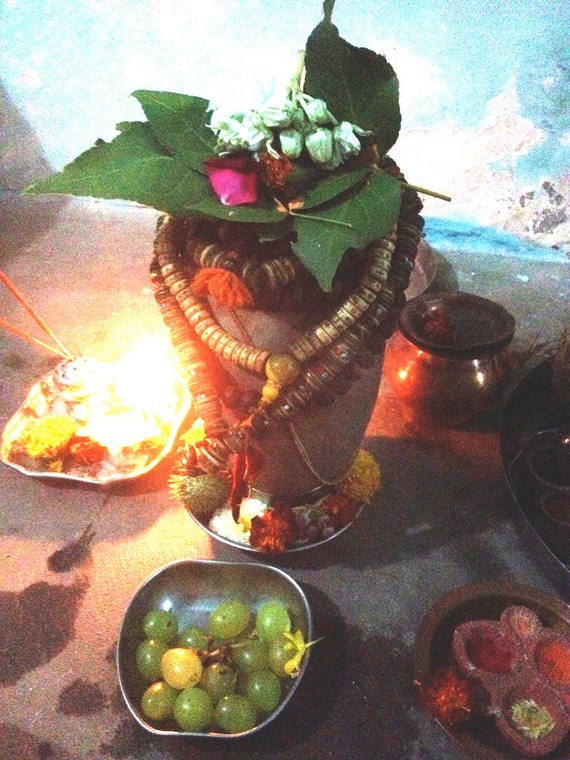


Sage Satapatha in his treatise ‘Maharnava Karma Vipaka’ listed four types of abhisheka procedures in line with Vedic and scriptural lore.

Maha Rudrabhisheka preparation Significance of Maha Rudra | Rudrabhishekam It is commonly accepted that for any venture to be successful, one must seek the blessings of lord Ganapati hence Maha Ganapati Poojais performed first without fail. Rudrabhishekam is usually performed on ones ‘Janma Nakshatra’. Rudrabhishekam is particularly performed for the sake of cleansing ones sins and afflictions, for bringing peace, prosperity and happiness, along with the bonding in the family. In Rudrabhisheka Puja Lord Shiva is worshiped in his Rudra form, and it is hailed by all Vedic scriptures as one of the greatest Puja to remove all evils, to attain all desires and for all round prosperity. This pooja gives one the full blessing of Lord Shiva. The main part of this Pooja is the Rudram which will be chanted throughout. With that water alone the Lord will be anointed by chanting the hymns, especially the Rudra Chamaka. In Rudrabhisheka Pooja, sacred Kalashas are filled with water and the presence of Varuna and holy rivers namely Ganga, Yamuna, Godavari, Saraswati, Narmada, Sindhu and Kaveri are invoked into the water. It also removes all sorts of planetary doshams. The puja wipes out all sins and purifies the atmosphere. Rudrabhishekam Puja is performed with the prescribed ingredients such as honey, curd ghee and milk with chants on the Sri Rudram. Maha Rudrabhisheka is the most favourite pooja offered to Lord Shiva. Rudra, as mentioned in the Rig Vedas is the most ancient form of Lord Shiva. Lord Rudra or Shiva is known as Abhishekapriya as he loves Abhisheka or anointment with holy water. Maha Rudrabhishekam | Rudrabhishekam Puja Aghorastra Homam | Aghora Pashupatha Havan.


 0 kommentar(er)
0 kommentar(er)
